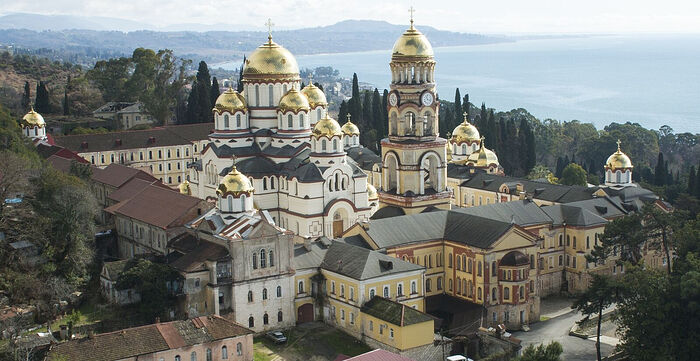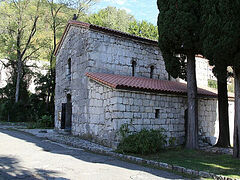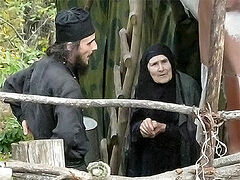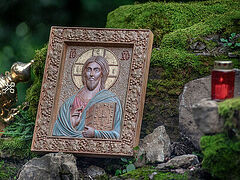Abkhazia, October 6, 2022
Recent scientific investigations have approved the structural integrity of the foundation of the New Athos Monastery in Abhazia.
In 1875, the Orthodox monks of the Mount Athos Panteleimon Monastery received the territory at the future New Mount Athos in Abhazia, then part of the Russian Empire. To prepare the site and begin construction, workers had to level a section of the mountain, resulting in thousands of tons of earth and rock being removed. Since the future monastery was located on a hill and did not have convenient access roads, this caused additional difficulties. During the Russo-Turkish War of 1877–1878, the Turks looted the unfinished monastery, but after the end of hostilities, the construction of the monastery complex buildings continued. By 1900, the monastery was completely ready and consecrated, and Emperor Alexander III brought bells as a gift, which are now located in the highest tower and are still working today.
Employees of the “Ecology” Research Center of the Siberian Branch of the Russian Academy of Sciences, together with colleagues from the Institute of Petroleum Geology and Geophysics (Novosibirsk), examined the structures of the New Athos Monastery.
The monastery is on the slope of a mountain and includes several structures that have had varying amount of maintenance since the nineteenth century. In addition, the monastery complex is located within a geologically active area, and multiple underground springs could potentially damage the foundation.
The academy’s scientists explored the enclosed perimeter around the temple complex, the Cathedral of St. Panteleimon, the bell tower, the residential buildings of the monks, and retaining walls. Scientists used the seismic method and electron tomography to determine the structures’ stability. At the conclusion of the study, it was determined that the foundational stability of the Cathedral of St. Panteleimon was eighty-six percent, and the other structures at seventy-four percent. According to current building codes and regulations, a building is structurally safe if the foundational stability exceeds fifty percent, indicating a bright future for New Athos Monastery.
New Athos Monastery was first inhabited by Russian monks from Mt. Athos, most of whom were exiled from the Holy Mountain by the Greek authorities during the time of the "Name-Worshippers" heresy.
Follow OrthoChristian on Twitter, Vkontakte, Telegram, WhatsApp, MeWe, and Gab!





